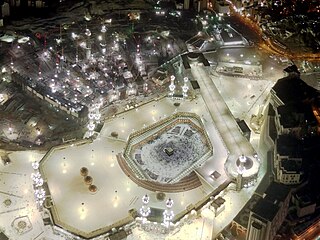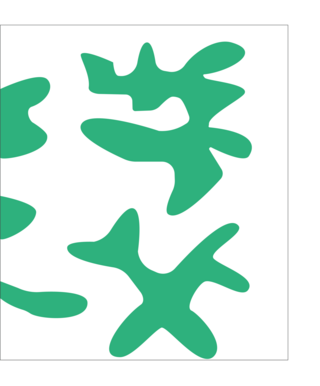Taif Aṭ-Ṭāʾif (ٱلطَّائِف) | |
|---|---|
 Taif, as seen from Al Hada | |
| Nickname(s): Madīnat al-Wurūd (مَدِيْنَة ٱلْوُرُوْد) Summer capital of the Kingdom | |
| Coordinates: 21°16′30.34″N40°24′22.16″E / 21.2750944°N 40.4061556°E | |
| Country | |
| Province | Makkah |
| Governorate | Taif |
| Government | |
| • Mayor | HRH Nahar Alsaud |
| Area | |
| • City | 321 km2 (124 sq mi) |
| Elevation | 1,879 m (6,165 ft) |
| Population (2022 census) [1] | |
| • City | 563,282 |
| • Rank | 6 |
| • Density | 2,144/km2 (5,554/sq mi) |
| • Metro | 913,374 (Taif Governorate) |
| Demonym | Taifian |
| Time zone | UTC+3 (GMT + 3) |
| Postal Code | 26XXX |
| Area code | +966 12 |
| Website | http://www.taifcity.gov.sa |
Taif (Arabic : اَلطَّائِفُ, romanized: Aṭ-Ṭāʾif, lit. 'The circulated or encircled', Hejazi Arabic pronunciation: [atˤˈtˤaː(j)ɪf] ) is a city and governorate in the Province of Makkah in Saudi Arabia. Located at an elevation of 1,879 m (6,165 ft) in the slopes of the Hijaz Mountains, which themselves are part of the Sarat Mountains, [2] the city has a population of 563,282 people in 2022, making it one of the most populous cities in the kingdom. [3]
Contents
- Name
- History
- Under Ottoman rule
- Arab Revolt
- Saudi conquest and modern history
- Geography
- Climate
- Natural landmarks
- Economy and development
- Culture
- Arts
- Sports
- Infrastructure
- Education
- Mosques
- Museums and historic landmarks
- Transportation
- Notable people
- Tribes
- Births in the pre-modern era
- Births in the modern era
- Deaths
- Governors
- See also
- References
- External links
There is a belief that Taif is indirectly referred to in Quran 43:31. [4] The city was visited by the Islamic prophet Muhammad, sometime in the early 7th century, and was inhabited by the tribe of Banu Thaqif. It is still inhabited to this day by their descendants. As a part of the Hejaz, the city has seen many transfers-of-power throughout its history, with the last being during the Saudi conquest of Hejaz in 1925.
The city has been called the unofficial summer capital of Saudi Arabia [5] [6] and has also been called the best summer destination in Saudi Arabia [7] as it enjoys a moderate weather during summer, unlike most of the Arabian Peninsula. The city owes its popularity among tourists to its many mountain resorts and moderate climate, even during the harsh summers of Arabia. The city is connected to the nearby resort town of Al-Hada via the iconic Highway 15 (Taif – Al-Hada Road). It stands out from the rest of the Hijazi region as it is a city that plays an active role in the agricultural output of Saudi Arabia and is the center of an agricultural area known for its cultivation of grapes, pomegranate, figs, roses and honey. [8] Taif is also very active in the manufacturing of traditional attar, and is known locally as "City of the Roses" (Arabic : مَدِيْنَة ٱلْوُرُوْد, romanized: Madīnat al-Wurūd). Taif also hosts the historic Souq 'Okaz.
The Taif governorate is divided into 15 smaller municipalities, with Ta'if as the capital. [9] The administration of the city itself is carried out by five municipalities, named North Taif, West Taif, East Taif, South Taif and New Taif. Taif is served by the Taif International Airport, with a larger international airport planned to open by 2030. [10] [11]

























